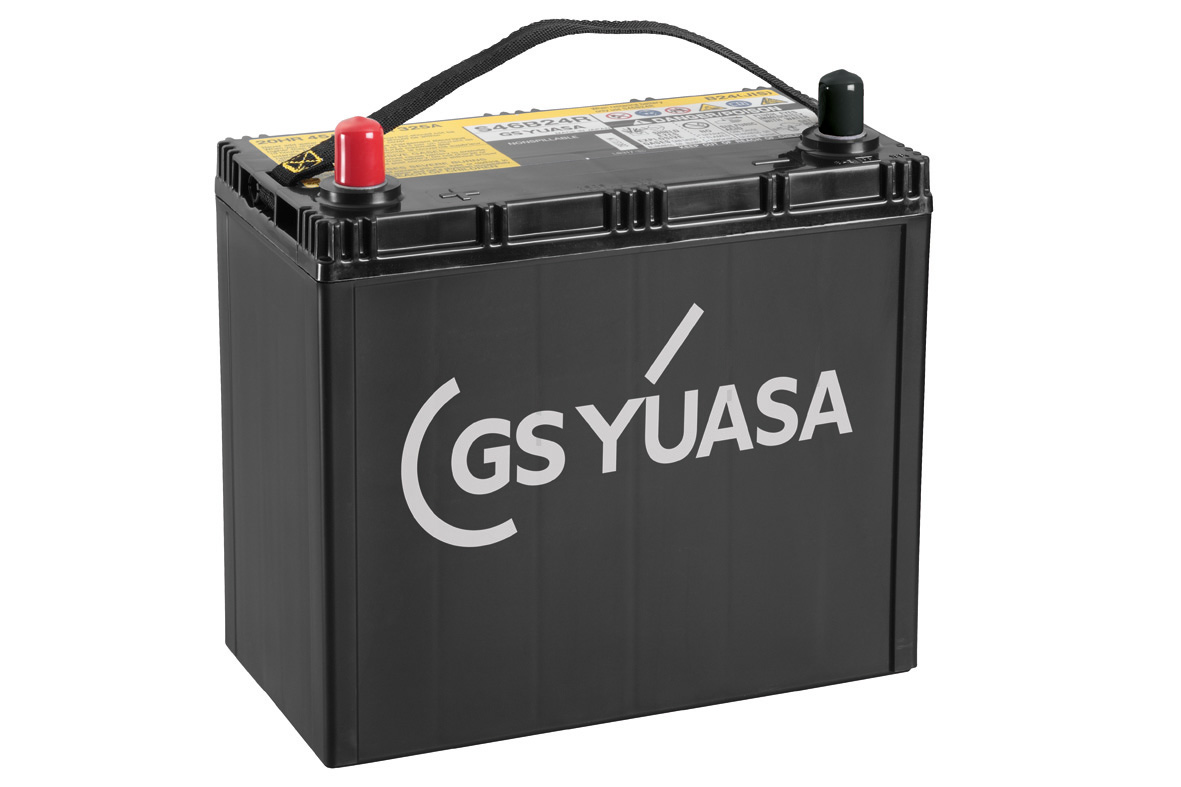
The Best of Both WorldsThe increasing demand for hybrid cars has created an emerging market for hybrid compatible components in the aftermarket. We investigate what this means. Whilst hybrid automotives are not new, more vehicle manufacturers are taking hybrid technology development more seriously. The undeniable fuel efficiency of hybrid technology has even led supercar manufacturers like Porsche and McLaren to adopt it to attain great speeds at a fraction of the petrol that is traditionally needed. For the everyday driver, many are turning to hybrid vehicles for their eco-friendly and fuel efficient qualities. The demand for hybrid components in the aftermarket is growing proportionately as more hybrid cars take to UK roads. With sales of hybrid cars going from strength to strength, motor factors and garages should be prepared for demands in the aftermarket. Klarius and GS Batteries speak about the various aspects of how hybrid parts differ from those of traditional combustion engine cars. HOW HYBRID VEHICLES WORK A hybrid vehicle harnesses energy from a traditional combustion engine and an electric motor. By doing this, hybrid vehicles are significantly more fuel efficient in comparison to their non-hybrid counterparts. As the combustion engine requires less fuel to operate, hybrid vehicles consequently create less CO2 emissions. For most popular hybrid vehicles such as the Toyota Prius, they are especially efficient for urban driving as they draw power from the electric motor, getting energy from the battery when travelling at low speeds up to 30mph.
During normal cruising speeds, the most efficient way to harness energy is through the combustion engine. Whilst the combustion engine is in operation, the generator is simultaneously powered to charge up electricity stores in the battery for later use. When the driver requires more power or a sharp acceleration, both engine and electric motors work simultaneously to increase power. As the engine powers the generator, this provides the motor with seamless electric power to operate with. One of the most significantly profound ways that hybrid vehicles get their energy efficiency from is through the ‘regenerative braking’ process. Traditionally, when the brakes are applied, the heat caused by friction is simply lost kinetic energy. Whereas, when brakes are applied in a hybrid vehicle, the Electronic Control Module (ECM) signals the electric motor to kick in and operate in reverse. This creates a load on the motor and in turn, decelerates the car. Then extra deceleration is generated from ‘conventional’ braking where necessary. This ‘regenerative braking’ process allows the motor to behave like a generator to once again, charge the battery for later use. CLEANER EMISSIONS The Toyota Prius remains one of the most popular hybrid cars in the market. Running a shared powertrain of an electric motor and a small combustion engine, these vehicles require high performance emissions equipment. Furthermore, an exhaust system on a hybrid vehicle has to be perfectly installed to avoid drastic deterioration of car performance. The engine bay of a Prius is tightly packed, requiring a space saving exhaust. If this exhaust is fitted improperly, a number of issues can occur, diminishing the performance of the Prius’ Hybrid Synergy Drive. The first sign of an improperly fitted exhaust is the increase of noise. Additionally, the general efficiency of the car will diminish due to increased back pressure, creating a resistance to the escaping flow of exhaust gases. This back pressure decreases the power output of the car which is usually compensated for by an increase in fuel consumption by the engine. This negates all the positive environmental credentials of a hybrid vehicle by increasing emissions, noise and fuel consumption.
Klarius has a type-approved aftermarket exhaust system that is fitted for the Toyota Prius. All Klarius exhaust systems are rigorously tested on a dedicated on-site test track to ensure they attain expected internal and EU standards. This guarantees that Klarius parts will be as good as OE parts or better. For an advanced hybrid vehicle like the Toyota Prius, this safeguards its low environmental impact. CONFIGURING HYBRID VEHICLE SYSTEMS These systems rely primarily on a high voltage traction system battery. The 12V auxiliary battery is not used for engine starting or to power the traction motors but is used to supply power to: · Accessory systems · Headlights · Audio systems · Computer controls POWERING ON As electric motors are integral to hybrid vehicles, auxiliary batteries of hybrid vehicles can differ to take on the different demands of vehicles. In most cases, 12V auxiliary batteries are designed to offer greater durability in service than standard flooded types. Variations in battery design will depend on the vehicle model and the type of loads or usage patterns involved. There are exceptions where high specification flooded batteries are used in auxiliary applications. However, the majority are of Absorbed Glass Mat (AGM) construction, taking advantage of increased durability and fast charge acceptance features. For example, an electric Mitsubishi i-Miev relies on a high capacity flooded type 12V battery to power lights and other basic consumers.
A Toyota Prius 12V auxiliary battery is of AGM construction and is subjected to significantly higher intermittent loads. As a result, a more durable battery is required to operate the audio, accessory and computer systems of the vehicle. |
Related Articles Related Downloads |


